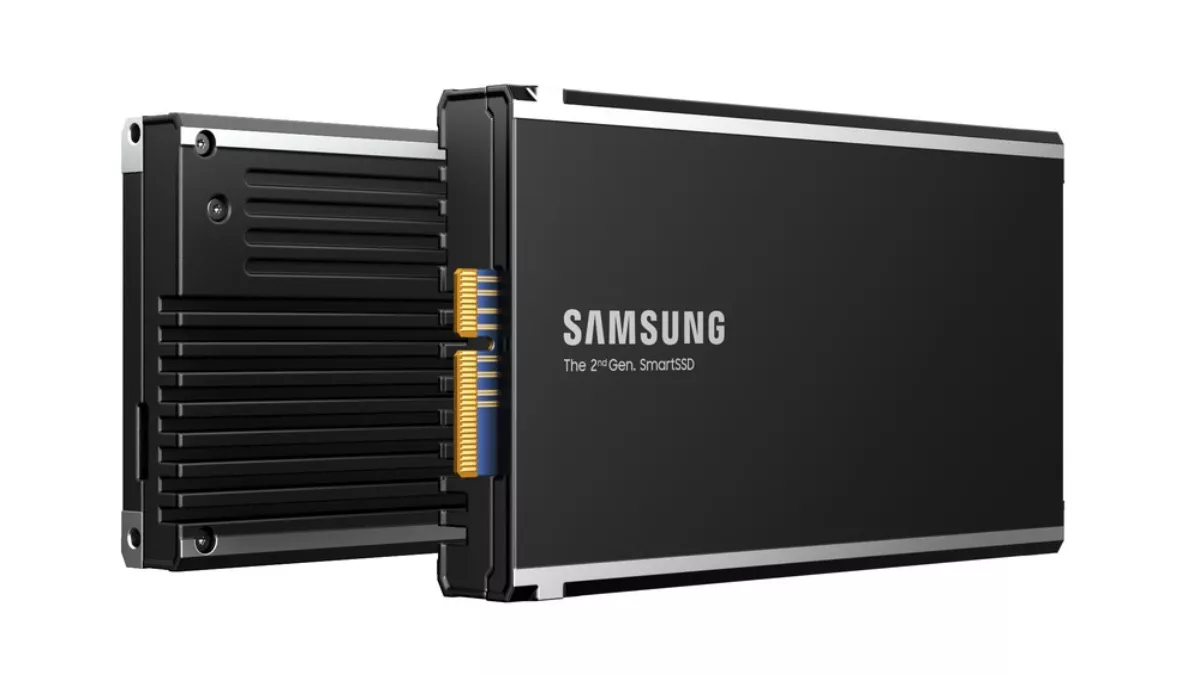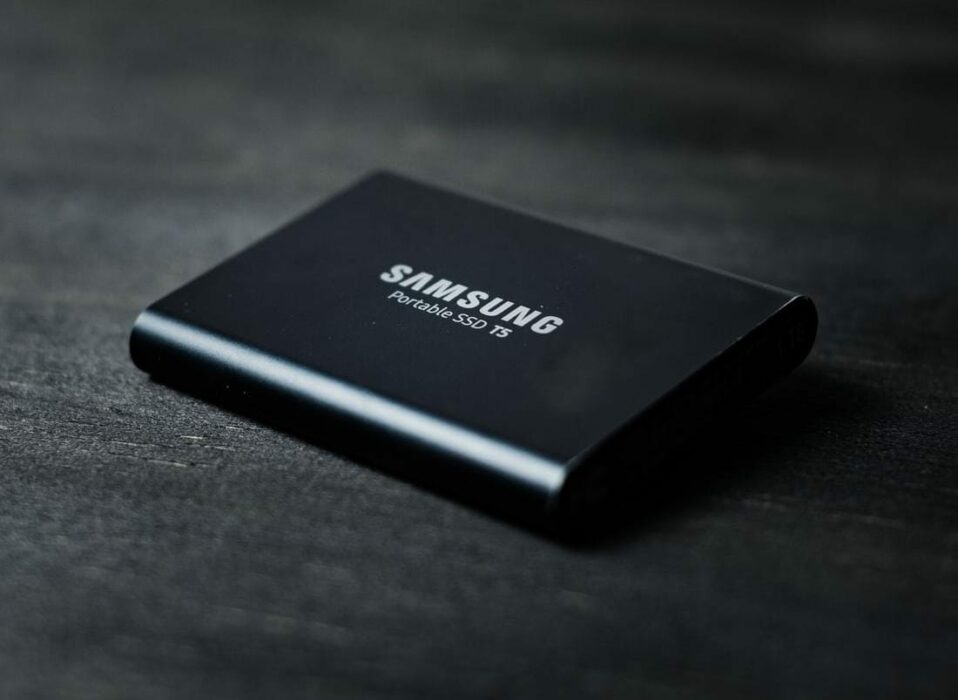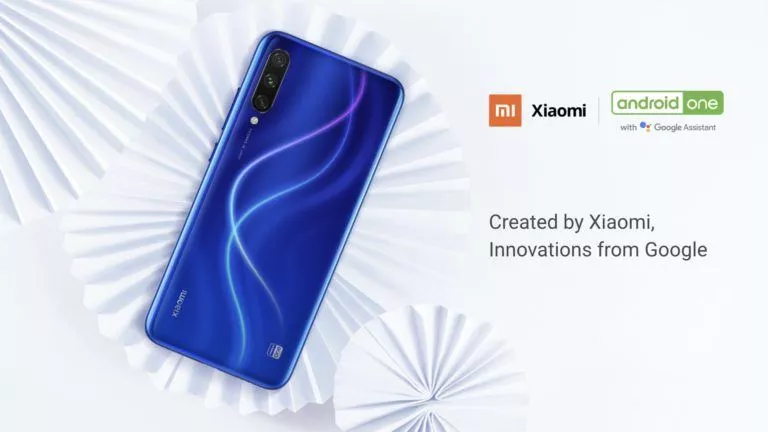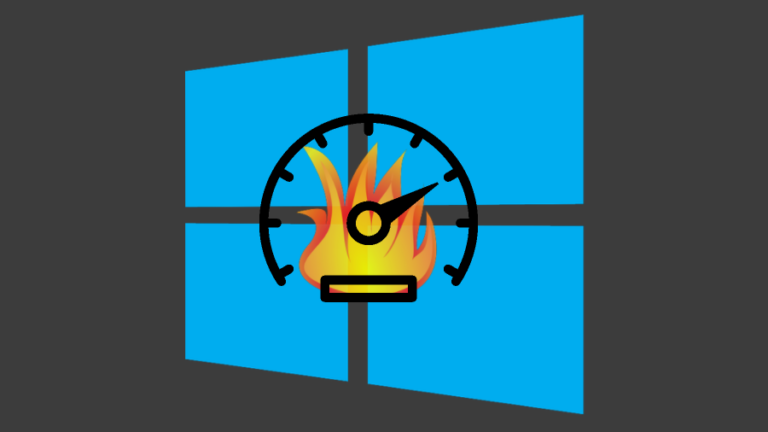Samsung’s Second-Gen SmartSSD Is 50% Faster And Uses 70% Less Energy

Samsung has announced its second-generation SmartSSD for servers and data centers. According to the South Korean tech giant, compared to conventional SSDs, its new storage device saves processing time by up to 50%, energy usage by up to 70%, and CPU utilization by up to 97%.
The first-generation SmartSSD was created in 2020 by Samsung and AMD. They are currently working together and selling it to major worldwide IT firms, including video communications platform providers.
How is Samsung’s SmartSSD different from a regular SSD?

Data does not need to be frequently transferred to the CPU, GPU, and RAM when using a SmartSSD. A SmartSSD comes with the data processing functionality built into it, unlike regular SSDs. Hence, bottlenecks decrease, and the CPU/GPU gets more time to work on other tasks. As a result, the system as a whole operates more effectively and efficiently.
According to Sina Soltani, Corporate VP of Sales at AMD’s Data Center and Communication Group, when combined with Xilinx Versal Adaptive SoCs, SmartSSD has shown to be a terrific approach to increase performance and efficiency in data centers.
As per Samsung Newsroom, While creating SmartSSDs, Samsung collaborates with SNIA (Storage Networking Industry Association) and NVM Express. The company aims to use the SmartSSd in a variety of products present in the ecosystem.
Is it better?
With the help of built-in Arm cores and customer-developed software, Samsung’s second-generation SmartSSD enables significantly more effective data processing.
As mentioned above, the processing time for scan-heavy database queries can be reduced by over 50%, energy usage by up to 70%, and CPU utilization by up to 97%, compared to standard data center solid-state drives.
With the development of next-generation technologies like AI, machine learning, and 5G/6G, massive volumes of data processing are high in demand. And the SmartSSD is playing an increasingly significant role.
What are your thoughts on Samsung’s second generation of SmartSSD? Comment down below






